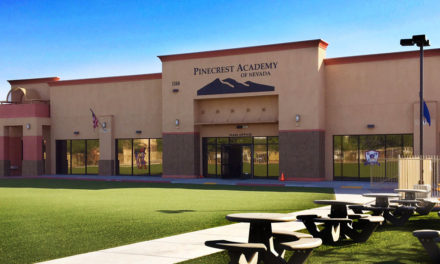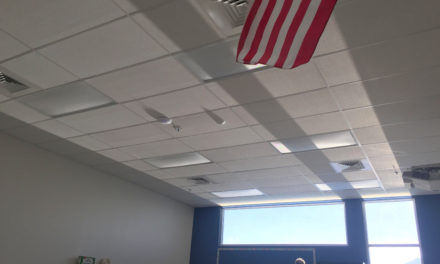When designing and building a school, it can be easy to miss or ignore the most important part of the project. It can be exciting – and, indeed, necessary – to design spaces that are conducive to social interaction, provide a healthy place to eat, and look visually exciting and interesting.
But it can also be easy to overlook one of the most important parts of the building project: lighting.
Designing a 21st century school
Education has changed, and so has our understanding of the role and importance of the school building. Today, we know that in order to create a rich, inspiring environment that is supportive and conducive to learning, we need to start with the design of the school building itself.
Great design can help create an environment that stimulates a learner’s mind, cultivates a sense of calm and focus, and creates a space where people are able to thinking clearly and deeply. That might mean creating green spaces and nooks where it is possible for students to find some alone time with their study materials and books.
It also means borrowing from the scientific literature and implementing design choices, which have been shown to be beneficial to creating an environment that helps students learn. However, in some cases, sadly, there has been a lack of knowledge transfer between the sciences, art and architecture.
The power of natural light
One of the most powerful ways to improve learning is through effective natural lighting. Numerous academic research studies show time and time again that the more students are exposed to daylight, the better they perform.
More natural light results in increased mental performance, concentration, and wellbeing – all things that are clearly crucial to effective learning. Increasing the natural light in schools has the immediate effect of improving the ability of students to concentrate in a concerted way for an extended period of time.
This is something that has already been noted and adopted by many employers around the world. For example, when VeriFone ungraded its 76,000-square-foot building in California to include a series of roof skylights, the HR department found that workers no longer complained about end-of-day headaches, or end-of-week sluggishness, and absenteeism dropped by a tremendous 40-45%.
When it comes to young people, daylight has a substantial impact on students’ exam results. According to the research findings of Heschong Mahone, students with the most daylighting in their classroom performed 20 percent faster on maths tests and 26% faster on reading tests than those with the least with the least amount of lighting.
The science of daylighting and school design
To head teachers – who are constantly searching for quick and effective ways to improve their students’ capacity and ability – this may seem like magic, and viewed with an understandable and healthy dose of scepticism. But the science is actually very easy to understand, and largely based on what we already know and recognise for ourselves.
Increasing the amount of lighting in a room reduces the need for students to strain their eyes. All the effort that students have to put into actually reading the content and information they have been given, reduces the amount of cognitive space for processing, evaluating, and remembering that information.
But it’s also not just the amount of light that matters – it’s also the quality. Artificial lighting may improve a student’s ability to learn, but only to a degree. The real results come when designers and architects build spaces to let in more natural light. Artificial light is usually only narrow-spectrum light, while natural light is full-spectrum. That is why natural light feels and looks warmer, and has a softer focus.
Humans are designed to feel more alert and awake when natural daylight hits our retina. That is because we are programmed to wake up in the morning, and go to sleep at night; it is also why illnesses such as Seasonal Affective Disorder are treated with bright full-spectrum light.
By increasing the amount of full-spectrum daylight in schools, we have the opportunity to increase the natural alertness of students as well as their ability and inclination to concentrate.
There is a growing consensus across the industry that natural light is an element that needs to be considered when designing a school. For the sake of our children’s future, it is time that it became one of the most important elements of all.





